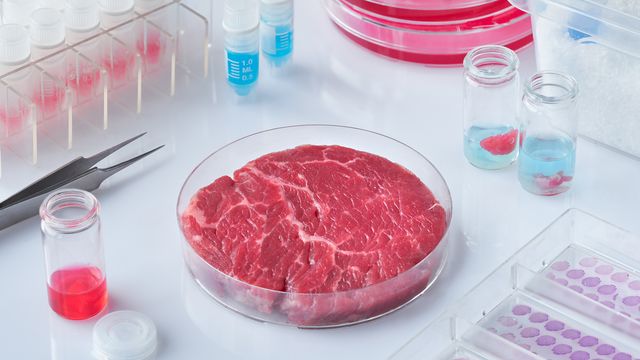Latest Articles

Article
Extreme Heatwaves in Texas Caused More Air Pollution
Heat and air quality are more connected than you might think. Discover how extreme heat triggers pollution spikes that may pose health risks.
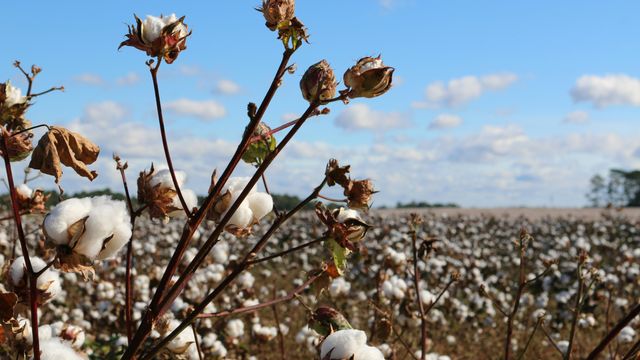
Article
A “Green” Alternative to PFAS-Containing Fabric Finishing Agents
Discover a PFAS-free fabric finishing approach that uses cottonseed oil for a safer, sustainable alternative to conventional waterproofing.
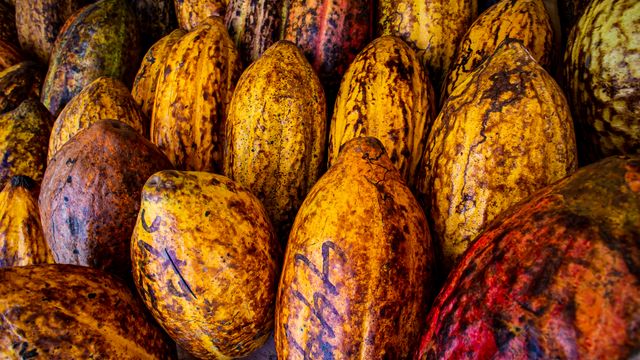
Article
Our Understanding of Chocolate Flavor May Need a Rethink
David Gopaulchan explains why his recent research could change the way scientists think about chocolate flavor.

Article
Out of the Lab, Into the Field: Materials Testing for Large-Scale Structures
Discover how large-scale materials testing is advancing safety in railway tunnels and nuclear sites with cutting-edge imaging techniques.
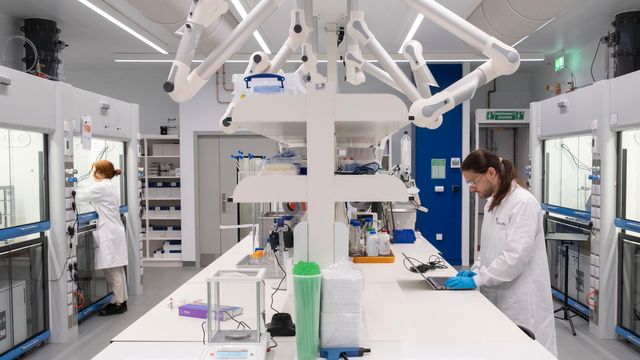
Article
“Chemputation” and the Rise of Digital Chemistry
Discover how digital chemistry is shaping the future of drug and materials discovery through automation and scalable innovation.
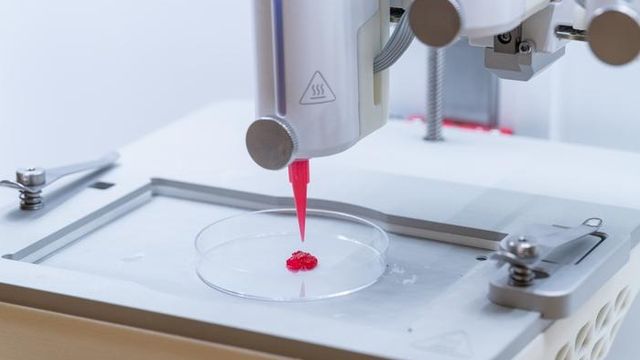
Article
“Skin in a Syringe” Could Treat Major Wounds and Severe Burns
Discover how a novel hydrogel bioink – the “skin in a syringe” – aids natural skin regeneration for severe burns and wounds.

Article
Establishing Trust in Machine Learning for Battery Testing and Development
Learn why trust in AI matters for battery science, and how interactive, reliable models are accelerating commercial breakthroughs in the lab and beyond.

Article
Monitoring Battery Health With Environmental Sensors
Discover how environmental sensors can improve battery safety, detecting issues such as off-gassing and moisture ingress in electric vehicles.
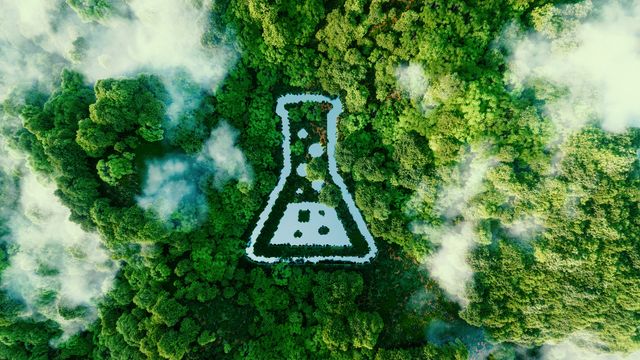
Article
The Role of Metrology in Supporting Sustainable and Circular Materials
Discover how metrology supports recycling, sustainable materials and circular economy goals through precise measurement science.
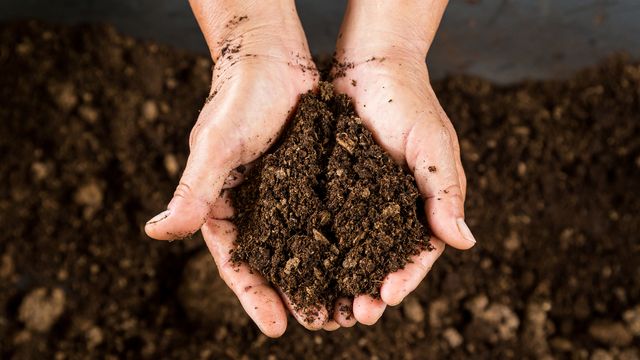
Article
A Simple Model Describes How the Soil Microbiome Responds to Environmental Change
A deceptively simple mathematical model can describe how the soil responds to environmental change. Using just two variables, the model shows that changes in pH levels consistently result in three distinct metabolic states of the microbial community.
Advertisement

